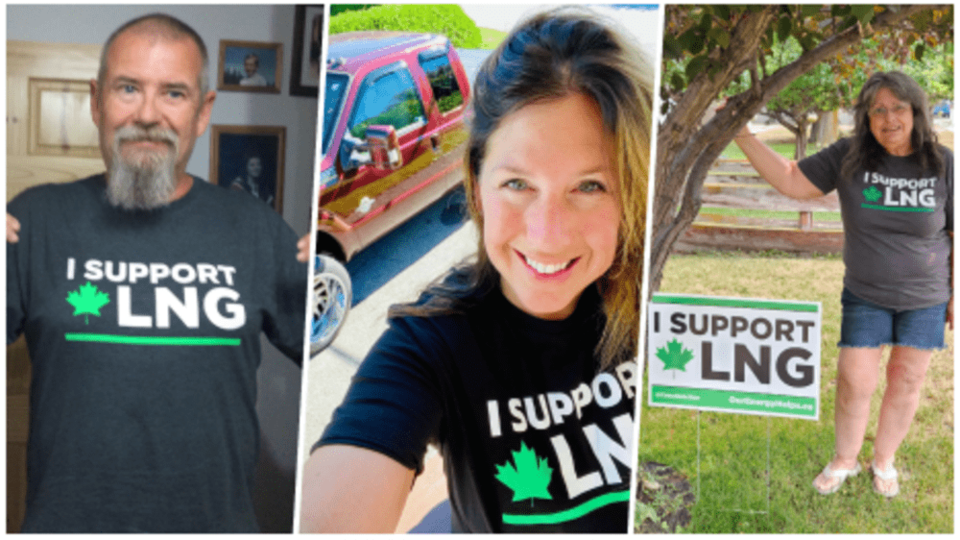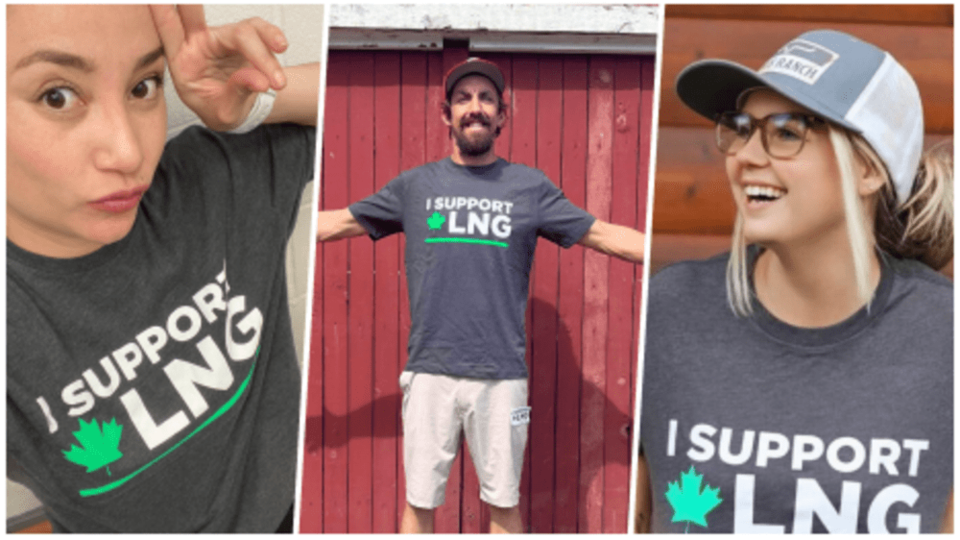It’s no secret that Canada is home to a vast wealth of natural resources, but not everyone knows these are produced under the most stringent environmental regulations in the world. Canada ranks among the top global natural resource exporters on numerous social, governance and environmental indices, a true testament to the world-class nature of its home-grown resource industries!
To support a prosperous future while lowering emissions, Canada Action – an independent, grassroots, non-partisan organization – believes that we can support all forms of energy including wind, solar, hydro, nuclear, natural gas, oil, geothermal, hydrogen, and more for a prosperous future and energy-secure world.
In particular, Canadian liquefied natural gas exports (LNG) provide a practical and sustainable solution to meet growing global energy demand while providing once-in-a-lifetime economic opportunities for local and Indigenous communities.
What is LNG & why do we need it?

So, what exactly is LNG?
Natural gas is one of the fastest-growing energy sources worldwide – and its liquid form, LNG, is the most practical for transport via tankers across oceans. The product is made by cooling natural gas to -162ºC (-260ºF), shrinking its volume by 600 times.
To many energy experts and analysts, LNG is an essential transition fuel. According to the Intergovernmental Panel on Climate Change (IPCC), it produces up to 50% less emissions than coal when used for electricity generation. Its lower-emissions profile and versatility as a reliable energy source are significant reasons why global LNG demand is projected to grow 76% between 2022 and 2040, according to the latest industry outlook.
And Canada has this valuable resource in abundance. In fact, we are the fifth-largest producer and sixth-largest exporter of natural gas, with vast reserves that can support both domestic and international energy needs for hundreds of years, says Minister of Natural Gas Development Rich Coleman. Yet, all Canadian exports currently go to the United States through pipelines, where they use it domestically or liquefy it for export. It’s also worth noting that while Canada has been talking about LNG for the past decade, the US has built numerous major facilities, joining Qatar and Australia as the world's largest exporters.
Reasons to support Canada’s LNG industry should be compelling for any Canadian.
If just 20% of Asia’s coal-fired power plants were converted to LNG, global emissions would drop by more than Canada’s total emissions, according to a Canadian Chamber of Commerce report. Another study by The Conference Board of Canada found that developing a healthy LNG sector in B.C. could generate $500 billion in investment, more than 96,000 jobs, and over $6 billion in wages between 2020 and 2064.
Furthermore, Canada’s allies and trading partners have made multiple visits over the past few years asking for our responsibly produced energy. Germany, Japan, Poland, and South Korea are just some countries that have stated they need – and prefer – Canadian-made LNG because of our shared values as they look to find alternative, more reliable energy sources in light of recent global events.
Supporting Indigenous economic reconciliation

The economic benefits of exporting responsibly produced LNG from B.C. also extend to Indigenous communities.
First Nations are now putting their full support behind the responsible development of natural gas as a means of economic reconciliation. Projects like LNG Canada, Coastal GasLink, and Cedar LNG have provided Indigenous Peoples with opportunities to improve the socio-economic conditions within their communities by generating significant own-source revenues to pay for education, healthcare and other critical social programs and infrastructure.
Coastal GasLink, for example, signed a historic 10% equity stake agreement with 17 of 20 First Nations along its route. To date, the natural gas pipeline project has spent over $1 billion in contracts with local Indigenous businesses. LNG Canada has invested over $4 billion in contracts and procurement on B.C. businesses, including $3 billion spent with Indigenous-owned and local area businesses.
The Haisla-led Cedar LNG project is another shining example of how the natural gas sector provides new once-in-a-generation opportunities for Indigenous communities. Cedar LNG will be the largest First Nations majority-owned infrastructure project in Canada, playing a key role in the Haisla’s economic development over the next four decades while creating opportunities for communities throughout northern B.C.
All these facts make it crystal clear why supporting the healthy development of B.C.’s LNG sector is a win-win-win across the board: a win for Canadian and Indigenous families, a win for global energy security, and a win for sustainability efforts worldwide.
To suggest we don’t need responsible and reliable Canadian LNG on global markets just doesn’t align with the facts, nor is it a pragmatic approach to solving the problems we face today here at home and around the world.
To learn more about the benefits of liquified natural gas and how you can take action and show your support, visit BCLNGHelps.ca.
* The views expressed in this article are those of Canada Action. They do not reflect the opinions or views of Vancouver is Awesome.



